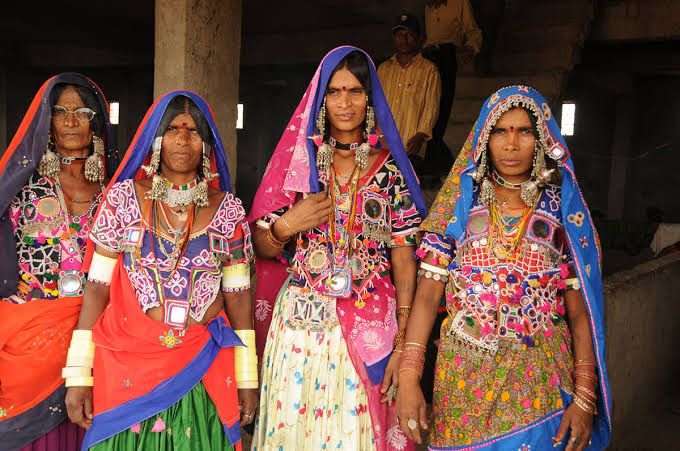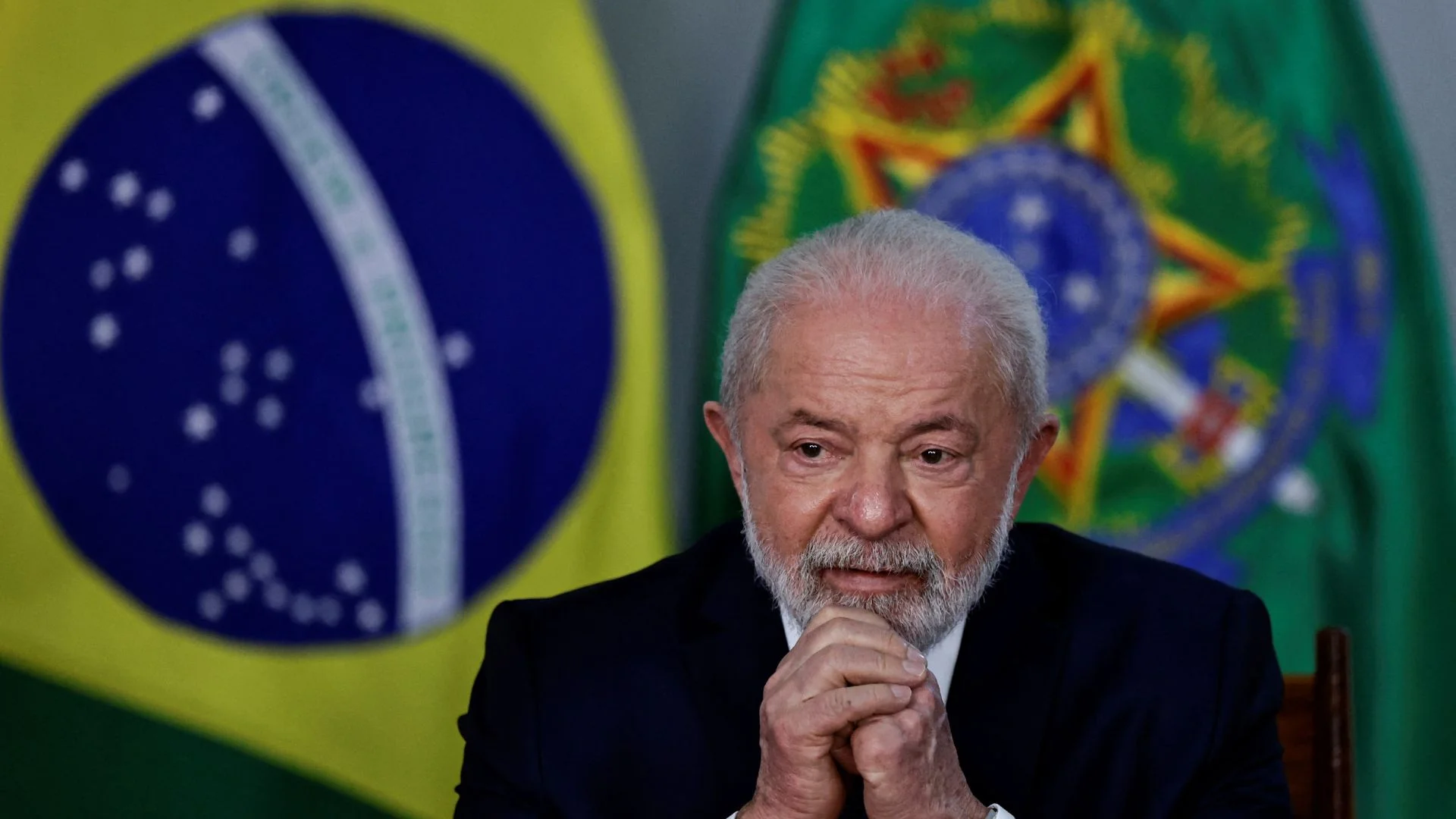Language is considered the common identity of a specific community and culture. It is a way to express their own ideas, emotions, and beliefs. It is a process that begins with human birth and hence a strong medium to carry their ethnicity and indigenous knowledge system to the world. As per the report of the UN Permanent Forum on Indigenous Issues (2016), there are an estimated 6,700 indigenous languages spoken around the world out of 40% are endangered. In the case of Bharat according to Bhasa Research and Publication Centre, Vadodara and Adivasi Academy at Tejgadh, Gujarat, out of 780 living languages, the country has lost approximately 220 languages since 1961 already, 400 of them are in danger of extinction. Similar kinds of figures are documented by UNESCO which lists Bharat as a country having the most endangered languages with a number of 197. The statistics are quite alarming as the extinction of a language can indicate the extinction of an entire culture and civilization. UNESCO has also published its “Atlas of the World’s Languages in Danger” for the identification of endangered languages.
With the arrival of colonial powers, the nation saw a shift towards English which gradually emerged among the “Bhodroloks” or the elites of the then colonial capital of Bengal; but after independence due to its traits to unify the people of diverse languages, it quickly became the language of cities. Along with this, developed the notions of industrialization and modernization that fuelled concepts like push and pull migration and the need for more homogenous languages for better, welfare-oriented communication. With the era of globalization and the information revolution, the spread of regional and national languages became dominant further creating a process of cultural homogenization. On the one hand, the process of this cultural homogenization has a nature to unify the collective strength of a community on the other hand sometimes it acts as a merger for the subsidiary local and indigenous languages. The tribal dialects are one of the most affected languages among them.
The instances of assimilation of such bilingual diversities are a major cause for the cultural hegemony of the dominant language over the periphery languages making them vulnerable to survival. UNESCO has segregated these into four different categories: namely vulnerable, definitely endangered, severely endangered, and critically endangered like the A’tong language of Garo and Khasi Hills of Meghalaya left with only 4,600 native speakers, Aimol language of Manipur with 6,000 speakers, the Aiton language of Assam which has only 1500 native speakers left now due to its shift towards modern Assamese language. UNESCO in its 2018 report has given a description of such 11 languages that are already dead on ground level scenario. They are Wadari, Kolhati, Golla, Gisari (spoken in Maharashtra, Karnataka, and Telangana), Pauri, Korku, Haldi, Mavchi of Central Bharat, Moran, Tangsa, Aiton spoken in Assam. Andaman’s Bo language vanished in 2010, while Sikkim’s Majhi language perished in 2015.
In parallel, 42 languages in Bharat were on the verge of extinction, with fewer than 10,000 people speaking them. They include 11 languages from Andaman and Nicobar Islands (Great Andamanese, Jarawa, Lamongse, Luro, Muot, Onge, Pu, Sanenyo, Sentilese, Shompen and Takahanyilang), 7 languages from Manipur (Aimol, Aka, Koiren, Lamgang, Langrong, Purum and Tarao), 4 languages from Himachal Pradesh (Baghati, Handuri, Pangvali and Sirmaudi), 2 languages from Manda, Parji and Pengo (Odisha), 2 languages from Koraga and Kadu-Kuruba (Karnataka), 2 languages from Gadaba and Naiki (Andhra Pradesh), 2 languages from Kota and Toda (Tamil Nadu), 2 languages from Mra and Na (Arunachal Pradesh), 2 languages from Tai Nora and Tai Rong (Assam), 1 language from Bangani (Uttarakhand), 1 language from Birhor (Jharkhand), 1 language from Nihali (Maharashtra), 1 language from Ruga (Meghalaya) and 1 language from Toto (West Bengal). In real terms, language adaptation or language shift are the only options for these distant languages except for dying.
The major cause behind the disappearance of traditional languages is the growing sense of inferiority and reception of dominant languages as a superior tool for modernity. As the use of new media becomes strong, it also creates some intergenerational changes in successive societies. Though there cannot be any specific reason for the decline of a particular language, but the homogenization of cultures through the communication revolution definitely plays a huge role in it both as a bane and a boon. Though the media on the one hand is a primary tool for homogenization; on the other hand, video and audio tapes, documentaries, personal interviews of vulnerable tribal groups can be recorded and documented in a proper channel for study, preservation, and dissemination of those vulnerable tribal language for their future generations. To cut the barriers of hegemonic supremacy of one language above another elementary education should be provided in the mother tongue.
In view of this New Education Policy, 2020 has already taken various steps to strengthen the local languages through three – language schooling formula. It will help the children to understand the basics of the subject in an easier way as well as nurture the growth of the traditional language. Under the norms of the Government of India, various State Governments have also taken initiatives for the development of multilingual education instead of preferring a bi-lingual mode of education. Under the scheme “First Language First” the Government of Odisha has conducted the MLE (multi-lingual education) program on 1485 tribal schools in 21 recorded tribal languages of the state. For teaching materials, Ol-Chiki script (for Santhali) is being introduced as well as 3400 Shiksha Sahayaks and 242 Language Instructors have been appointed. Similar kind of approaches have also been taken in tribal tribal-dominated states of Andhra Pradesh where 1,350 schools are implemented under MLE for training in languages like Koya, Savara, Adivasi Oria, Jatapu, Kuvi, and Konda Dora. In Jharkhand, 1,000 schools in 8 districts are nominated for the Mother-Tongue-Based Multilingual Education where books have been translated already into 5 tribal languages of Santhali, Mundari, Ho, Kurukh, and Kharia.
The Language and Learning Foundation initiated India’s first “Language Mapping of Schools” survey in Chhattisgarh. The study was conducted in partnership with the Government of Chhattisgarh and UNICEF Bharat as part of the NIPUN Bharat program, and around 30,000 schools were surveyed. According to the poll, around 75% of kids are expected to encounter medium to significant educational disadvantages as a result of the gap between their native tongue and the school language utilized as their means of teaching. It also reveals that around 95% of pupils entering elementary schools communicate in their mother tongue language other than Hindi depicting the importance of the preservation and spread of native language in terms of communication.
In Sikkim, Mr. Gideon Taso Lepcha, is working on reviving and digitizing the Lepcha language. He started “Rongring,” a Lepcha Language Online Global course in 2020 and also formed a team of experts to develop an LMS (Learning Management System) to learn the language online. While conducting primary and secondary research, Gideon stumbled upon the realization that 95% of the learners drop out during the word formation process because they find it extremely complex and intimidating. There were other challenges, such as decentralized and limited assets on Lepcha language, 90% of Lepcha language speakers in villages who didn’t know how to read and write – oral transmission, lack of language experts, and lack of simplified frameworks or approaches to learning the language. Hence, to make the language accessible and simplified, Gideon designed and developed a framework called “Wangboo” that can enable any learner to learn the language within 10 hours. Rongring found its space of operation as an e-learning platform that successfully taught the Lepcha language to students across 13 countries (Japan, Italy, Canada, North America, Maldives, Czech Republic, Switzerland, Holland, Bhutan, New Zealand, Nepal, India & UK) within a year of its formation.
Similarly, according to a report of the Outlook Banwang Losu, a school teacher from Arunachal Pradesh’s Longding district, has created a unicode script for the Wancho language, which is spoken by the Wancho tribe in Arunachal Pradesh, Assam, Nagaland, and Myanmar. It consists of 29 consonants and 15 vowels. The languages have also been introduced in primary and upper primary schools by the Government of Arunachal Pradesh. Simultaneously, Centre for Endangered Languages, Rajiv Gandhi University of Arunachal Pradesh developed a basic grammatical sketch and created a collection of 1000 Tangam terms and around 550 basic sentences which is spoken in Tangam sub-tribe of the Adi, located in a pocket of Upper Siang district of Arunachal.
Thus, with the recent Government initiatives, individuals working for the endangered languages and a special focus on tribal development, various steps have been taken for the preservation of tribal culture and language. The language is the strongest weapon to leverage the country’s soft power like music, dance, musical instruments, and paintings in the external world. Diminishing the limited linguistic hegemony and opening the paths for diverse languages can sprout children from tribal and marginal backgrounds for a better and brighter Bharat. It can show them a way to futuristic skills and futuristic jobs, especially in the field of Micro, Small, and Medium Enterprises (MSMEs) which are inherited by these tribal people from generation to generation leading us toward the goal of “Udyami Bharat”.
Prof. T. V. Kattimani is the Vice–Chancellor, Central Tribal University of Andhra Pradesh

















